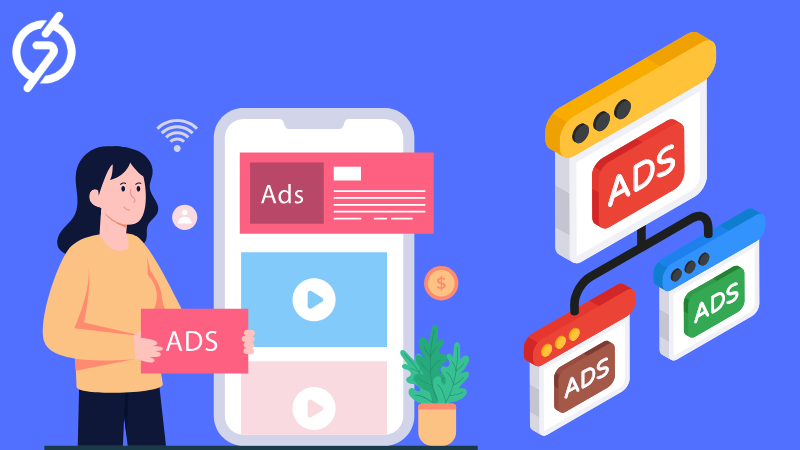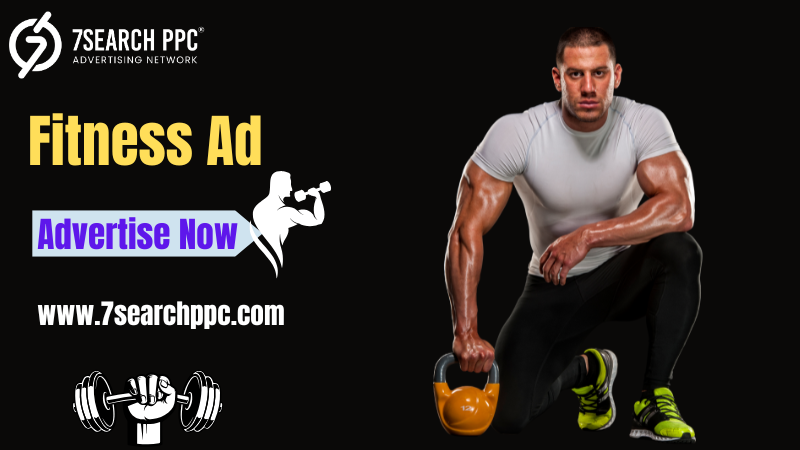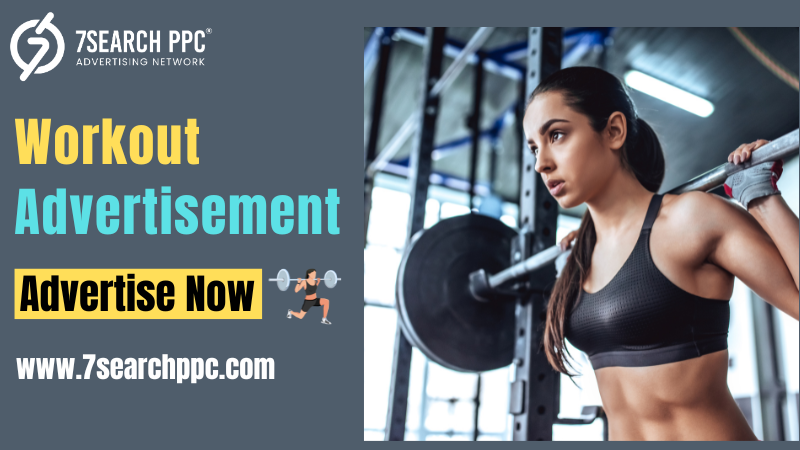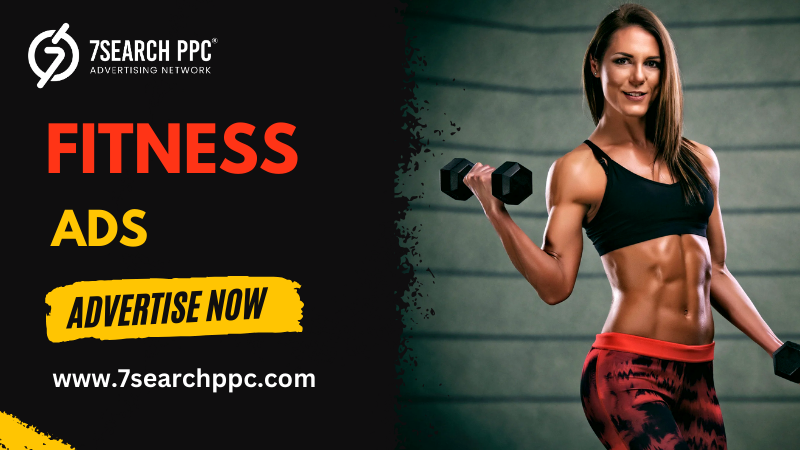Fitness advertising is evolving with technology, consumer behavior, and digital trends. Here are the latest trends in top-performing fitness ads:
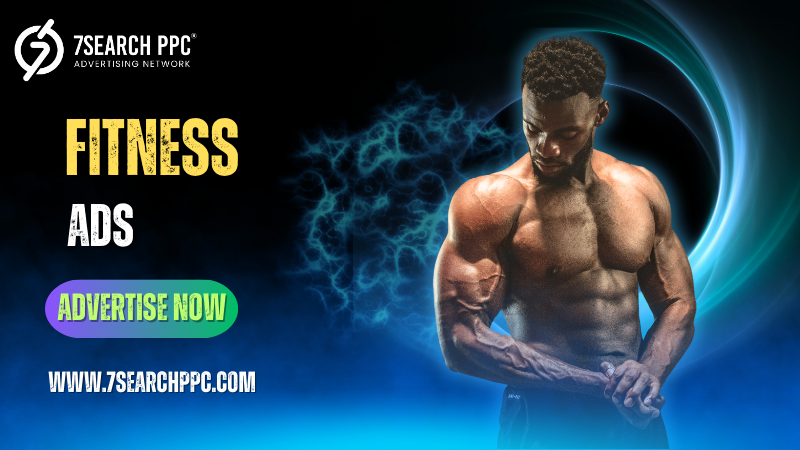
AI-Powered Personalization
Brands use AI to tailor fitness ads to users based on their workout habits, goals, and preferences.
Example: AI-driven interactive quizzes recommending the best workout plans.
Influencer & UGC Marketing
Fitness influencers and user-generated content (UGC) add authenticity and build trust.
Example: Brands showcase real transformation stories through social media ads.
Gamification & Challenges
Interactive fitness challenges with rewards engage users and encourage participation.
Example: Nike and Adidas launch step-count challenges with exclusive perks.
Short-Form Video Dominance
TikTok, Instagram Reels, and YouTube Shorts are the hottest platforms for fitness brands.
Example: Quick 15-30 sec home workout tips perform well in engagement.
VR & Immersive Fitness Ads
Virtual reality (VR) and augmented reality (AR) fitness ads create engaging experiences.
Example: Interactive ads where users can try a virtual workout class before signing up.
Wellness & Holistic Fitness Focus
Ads now promote mental health, recovery, and lifestyle balance, not just physical fitness.
Example: Meditation, yoga, and stress-relief content in fitness brand ads.
Sustainable & Eco-Friendly Fitness Brands
Consumers prefer brands that highlight sustainability (eco-friendly gym wear, plant-based protein).
Example: Ads emphasizing biodegradable yoga mats or eco-conscious activewear.
Running Fitness Ads with 7Search PPC
If you're a fitness brand, gym, or supplement company, 7Search PPC can help you reach your ideal audience.
Key Benefits:
Low-Cost PPC Campaigns – Cost-effective clicks and conversions.
High Intent Traffic – Connect with fitness enthusiasts looking for workout plans, gear, or supplements.
Multiple Ad Formats – Display, native, and video ads for maximum impact.
Precise Targeting – Reach users based on interests, location, and fitness goals.
